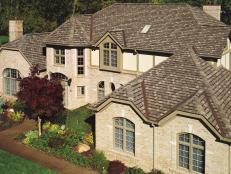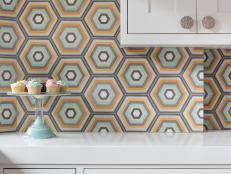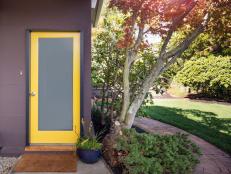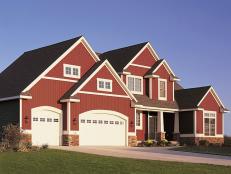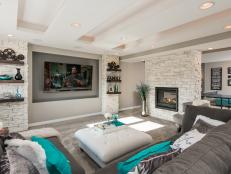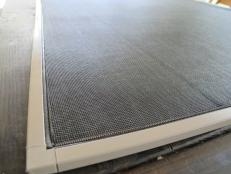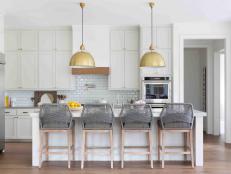Practical Ways to Add Sunshine

Thinkstock Images
Notice that extra pep in your step on a sunny day? Sunlight is a pick-me-up everyone likes. It only makes sense to try to capture the power of daylight when designing and selecting products for home remodeling jobs.
"Anywhere and everywhere" is where David Tyson brings sunlight into the projects his design-build remodeling firm executes. He is the president of Charlotte, N.C.-based David Tyson & Associates Inc. "Consumers want more light period. That's what we design for."
Tyson says he doesn't hesitate to flood a room with light, particularly on the north side, where the constant light can fill the entire space very evenly all day. He frequently uses French doors, and he adds transoms above doors and windows if the ceilings are at least 8 feet. If lower ceilings prohibit the use of transoms, Tyson might design a wider window or a bank of windows. "Try using a larger window where you can," he suggests. "The larger glass area adds so much light to the space." But use energy-efficient windows. Otherwise, you risk cold drafts in the winter, thermal heat gain in the summer and higher energy bills all year round and that will put the client in a not-so-sunny mood.
He offers other practical suggestions for adding sunshine:
- Design windows in unusual places, such as bathrooms and even shower spaces. "It brings in a ton of daylight and changes the entire look," David says.
- Give skylights a try. Today's units are sleek, leak proof and easier to install with special integral flashing kits.
- Consider sun tubes or tunnels for areas in the middle of a structure, such as a hallway, for an instant sunshine fix. Sun tubes are good alternatives in areas where there's not enough space for a skylight.
- Don't discount using windows on a southwestern exposure, even in warm climates. Instead, look for new glazings and low-emissivity glass coatings that make windows more efficient and better suited to the specific exposure and application.
- Use windows in basements and walkout levels to add light to otherwise dark spaces of the home.
- Try entrance doors with transoms and sidelights. A single sidelight, where space is limited, may work instead of two flanking an entry. Think about etched and translucent patterns for the sidelight glass if privacy or security is a concern.
- Try new options in moveable, retractable opening curtain walls for residential applications.
- Investigate using windows and skylights even where you might have been concerned about heat gain or loss in the past. New products, including high-performance windows, integral electronic blinds, and automatic and timed closing devices and sensors as well as switchable glass that shades itself, can minimize such concerns.
Adding natural light to a remodeling project is simple, but the impact on your customers' level of satisfaction can be huge. After all, you've brought some extra sunshine into their lives.







